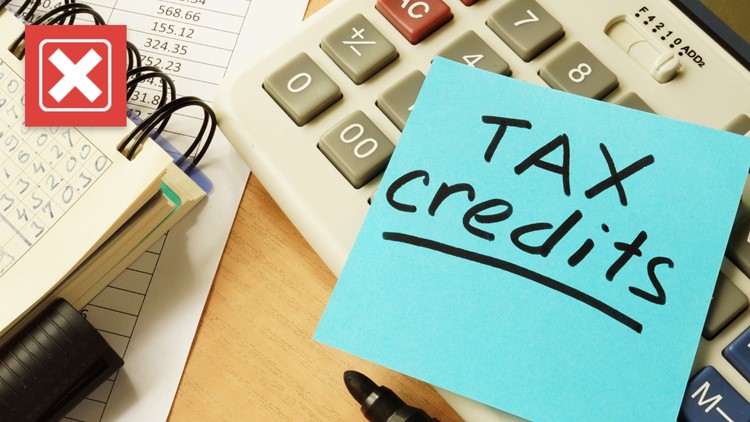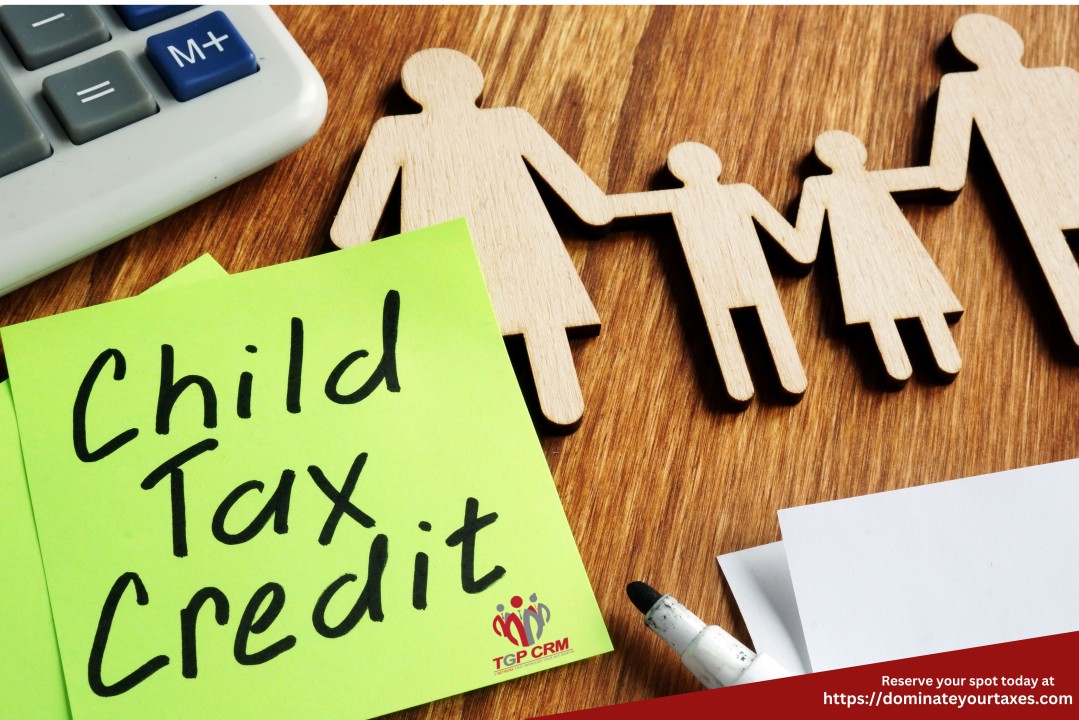Parents filing their income taxes in the United States have an opportunity to benefit from the Child Tax Credit, potentially receiving a cash refund. The amount, ranging from $1,600 to $2,000, depends on the number of children in the family. This tax credit is nonrefundable, meaning it can reduce federal income tax liability to zero but does not generate a refund. However, it can contribute significantly, providing up to $2,000 in cash for each qualifying child.

Photo from Google
Unlocking Child Tax Credit Benefits: IRS Criteria and Income Limits for Maximum $2,000 Per Child
To qualify for the Child Tax Credit, parents should be aware of certain criteria outlined by the IRS. The credit generally applies to dependent children under 17, and there is an income limit. If the gross income surpasses the threshold, partial credit may still be available.
The child being claimed must be under 17 at the end of the tax year, and various relationships, such as son, daughter, stepchild, foster child, brother, sister, step-sibling, grandchild, nephew, or niece, are eligible. The child must have lived with the taxpayer for over half of the tax year and provided no more than half of their own financial support during that time. Additionally, the child must have a Social Security number qualifying them as a US citizen or national.
The maximum amount for each qualifying child is $2,000, with a refundable portion totaling $1,600. Income thresholds for different filers include $400,000 for married filing jointly and $200,000 for other filing statuses. If income exceeds the threshold, the credit reduces by $50 for each $1,000 earned over the limit.
READ ALSO: Americans Should Expect 10% Increase In Tax Refunds; Why You Should File Your Tax Return Early?
Unlocking Child Tax Credits: A Guide for Parents on Claiming and Maximizing Benefits with IRS Schedule 8812
Parents looking to claim the Child Tax Credit must list their children and dependents on Form 1040, completing Schedule 8812 to calculate the credits. The IRS typically releases the credit refund in mid-February, with direct deposits expected as early as February 27 for those who qualify.
Additionally, there’s an additional Child Tax Credit, which is a refundable portion available to eligible families whose owed taxes are less than the child credit. This credit has specific dependent status and income criteria for qualification, requiring taxpayers to meet additional requirements.

















































